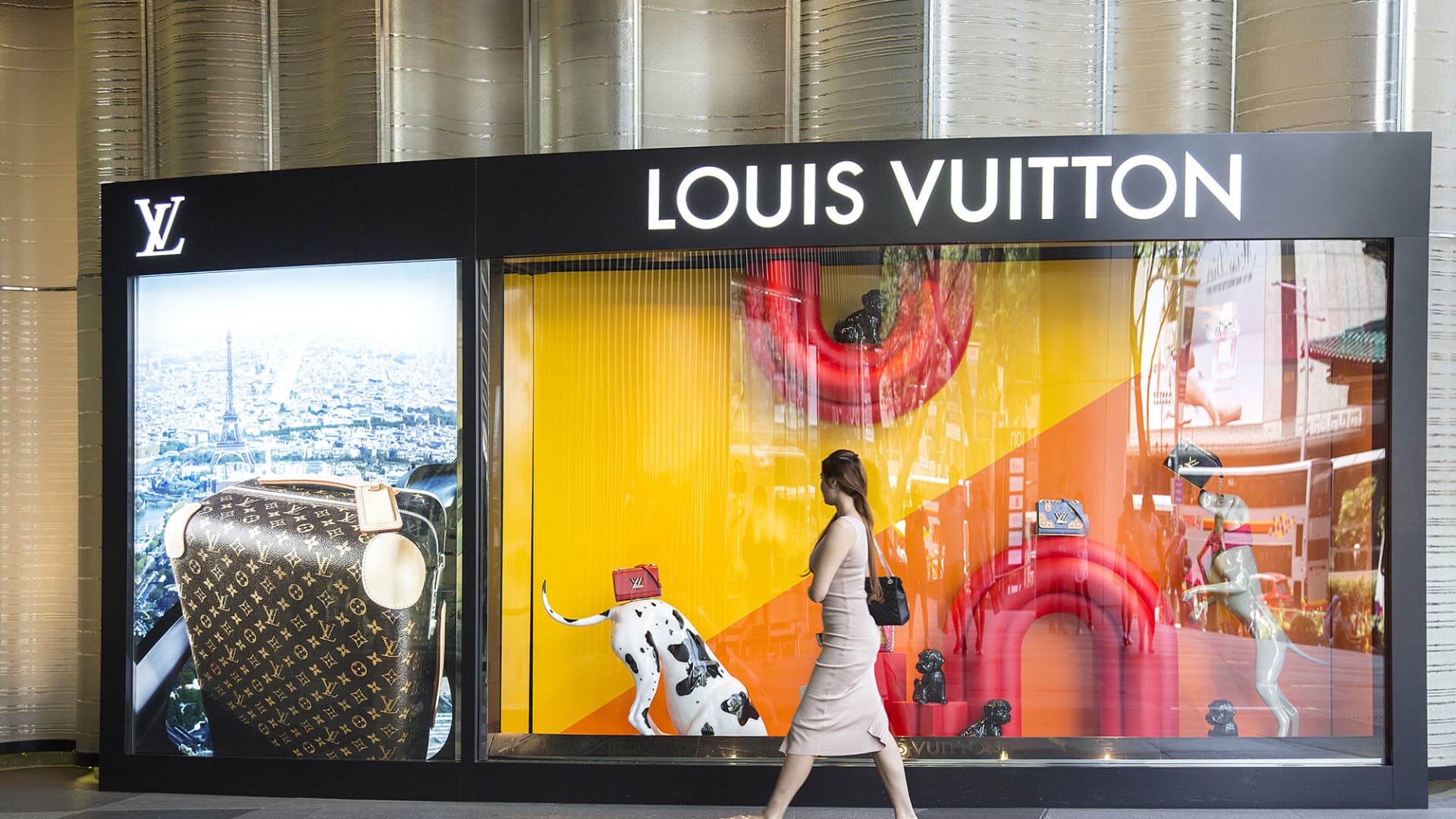https://ift.tt/YfiMCHm

Adblock test (Why?)
"lose" - Google News
November 11, 2023 at 03:38AM
https://ift.tt/kRdOju2
These luxury stocks won't lose their luster even as sales growth slows to pre-pandemic levels - CNBC
"lose" - Google News
https://ift.tt/lCMrnT9 https://ift.tt/YfiMCHm
Bagikan Berita Ini















0 Response to "These luxury stocks won't lose their luster even as sales growth slows to pre-pandemic levels - CNBC"
Post a Comment